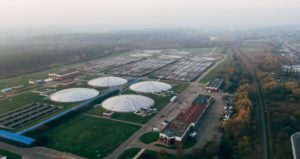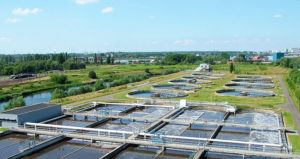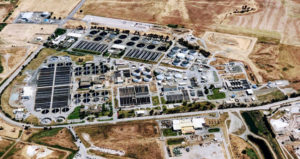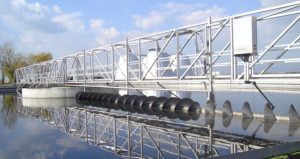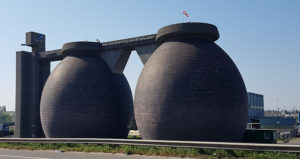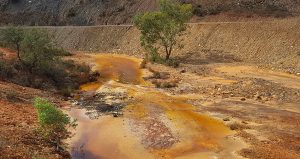WWTP still obliged to treat for discharge
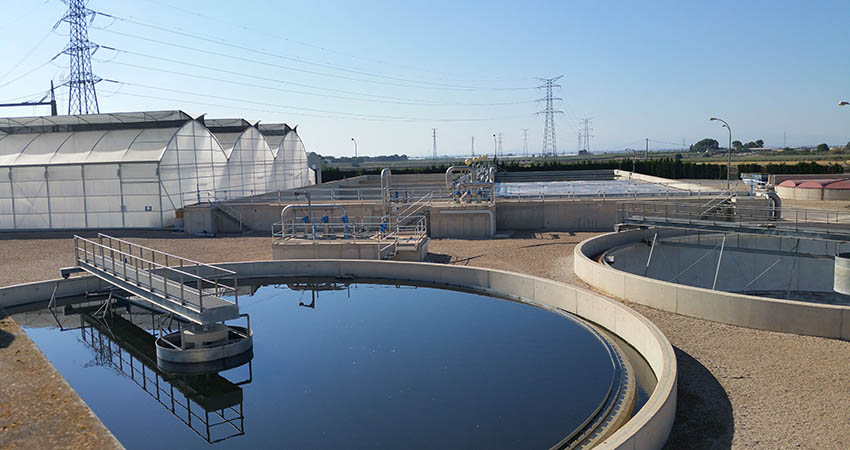
- 22 June 2018
-
 Esther Rasenberg
Esther Rasenberg
Share article:
The communal wastewater treatment plant (WWTP) of the villages Roldan, Lo Ferro, and Balsicas in Murcia in Spain provides farmers with water for irrigation. “But the main objective of wastewater treatment is still discharge”, says Marcos Pérez, head of technical services of ESAMUR, during a visit of international water experts on the 15th of June. “We have to comply to the Urban Waste Water Directive and can only provide farmers with our effluent.
The Waste Water Treatment Plant is treating daily about 5.500 m3 of communal wastewater. During the anaerobic treatment process, phosphor and nitrogen are removed while these nutrients need to be added again later. According to international experts this process could be more efficient if the nutrients were preserved during the wastewater treatment. Although this procedure also can have disadvantages like growth of algae and clogging in drip irrigation.
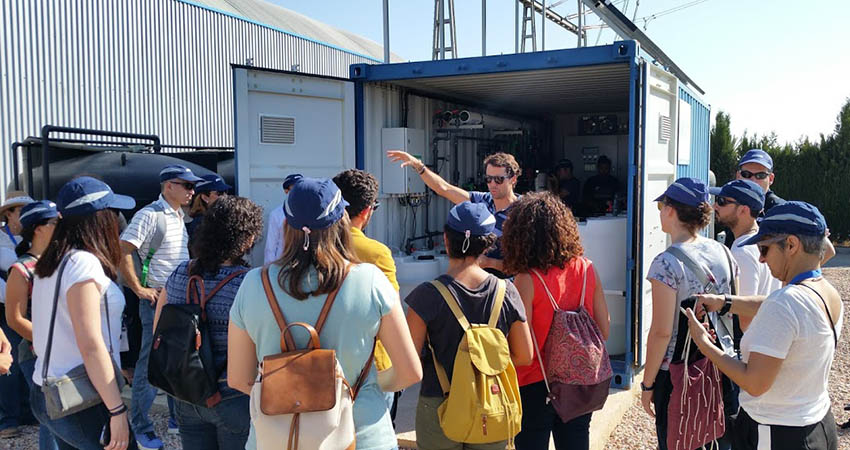
Francisco Pedrero Salcedo is explaining how the effluent is prepared for agricultural purposes. Photo: Water News Europe
Costs
The farmers in Murcia are getting the treated wastewater at no cost, but it also leaves them responsible for the water quality of irrigation water. “According to the local farmers this extra treatment plus the pumping costs results in too expensive irrigation water”, explains agriculture engineer Francisco Pedrero Salcedo of the Irrigation Department of the Centre for Applied Soil Science and Biology of the Segura (CEBAS/CSIC). He foresees even more problems for water reuse in the future. Brussels recently launched a proposal in order to regulate minimum quality requirements for water reuse but many experts say the new regulation is too strict. They fear it may reduce the increase of water reuse in Europe significantly. During the conference IWARESA Valentina Lazarova, specialist of wastewater treatment and reuse from Suez in France put it boldly: “It will be easier to find water on Mars than to develop water reuse in Europe with the proposed new regulation.”
Different types of water
On the treatment plant CEBAS/CSIC is investigating what kind of irrigation water will get optimized crop results. The effluent is treated additionally with circular and sand filters in order to remove small particles, but these filters are not fit for removing any drug residues. ESAMUR, the entity that manages all WWTPs in Murcia and the Water and Agriculture Research Platform CEBAS-CSIC installed a technological unit inside the Roldán-Balsicas WWTP. The objective is to research different technologies in order to remove different emerging contaminants and salts. After the extra treatment three different types of water with different levels of salinity are produced. These waters are tested in a greenhouse with tomatoes and salt-resistant crops with an added-value. The objective of the research is getting optimal irrigation water at low energy costs and to reuse the brine from the desalination process in order to apply to the principle of circular economy.
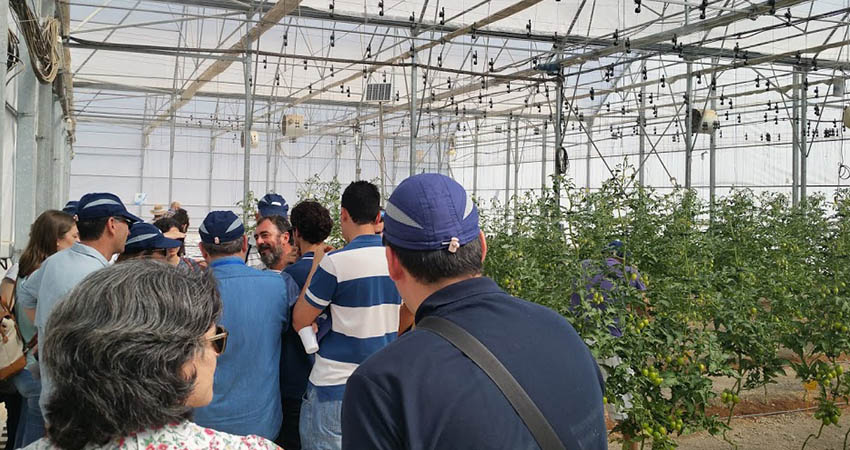
Different types of water are tested in a greenhouse on the WWTP in Murcia. Photo: Water News Europe
Urban water reuse
Maria João Rosa, head of the urban water unit of the Hydraulics and Engineering department in Lisbon is very interested in the Spanish project. João Rosa: “In Portugal we are also investigating the possibilities for water reuse on golf courses or in an urban environment. For example for using it in gardens or car washing.”

